You're looking at the next big evolution in Android security, and it's happening right now. Curious which apps on your phone actually lean on Google's most powerful protection? You can finally tell. Recent work makes it possible to spot which apps tap Android's strongest security feature, and the ripple effects are bigger than most people expect. Google's Android Protected Confirmation (APC) is an OS feature that leverages the Trusted Execution Environment (TEE) and Trusted UI to provide high-assurance user confirmation even if the Android OS is compromised (per Android docs).
However, new research reveals significant vulnerabilities in this critical security protocol that could affect how we understand mobile device protection.
Where mobile security is heading next
Android’s security roadmap mirrors the threat landscape, spiky and fast-moving. Google's shift to risk-based security updates prioritizes actively exploited bugs in monthly drops and moves lower-risk fixes to quarterly bundles. In practice, monthly security patch payloads are now smaller with urgent needs, while quarterly ones are larger and more comprehensive. Triage, not neglect.
Attackers have noticed where users live now, on phones. The 2025 Global Mobile Threat Report, reveals that attackers have adopted a mobile-first strategy, and mobile-targeted phishing represents roughly one-third of all identified threats. Worse, over 50% of mobile devices run outdated operating system versions. Fancy features help, but only if they are actually on your device.
Bottom line, security moving into the API layer changes how apps can behave. Some apps let users set defaults for ephemeral messaging (Signal supports default timers), and banks may require extra authentication for sensitive flows; however, we found no public documentation that Signal or Wells Fargo automatically change those defaults specifically based on Android 'Advanced Protection' being enabled. As more apps detect and respond to device-level settings, you gain a clearer view of which ones truly show up for your data and privacy.
Looking ahead, we're seeing the rise of security-aware applications that adapt to your device’s posture. Less one-size-fits-all, more risk-adjusted and personal. That is the shift, making smarter choices feel effortless, and making bad ones harder to stumble into.








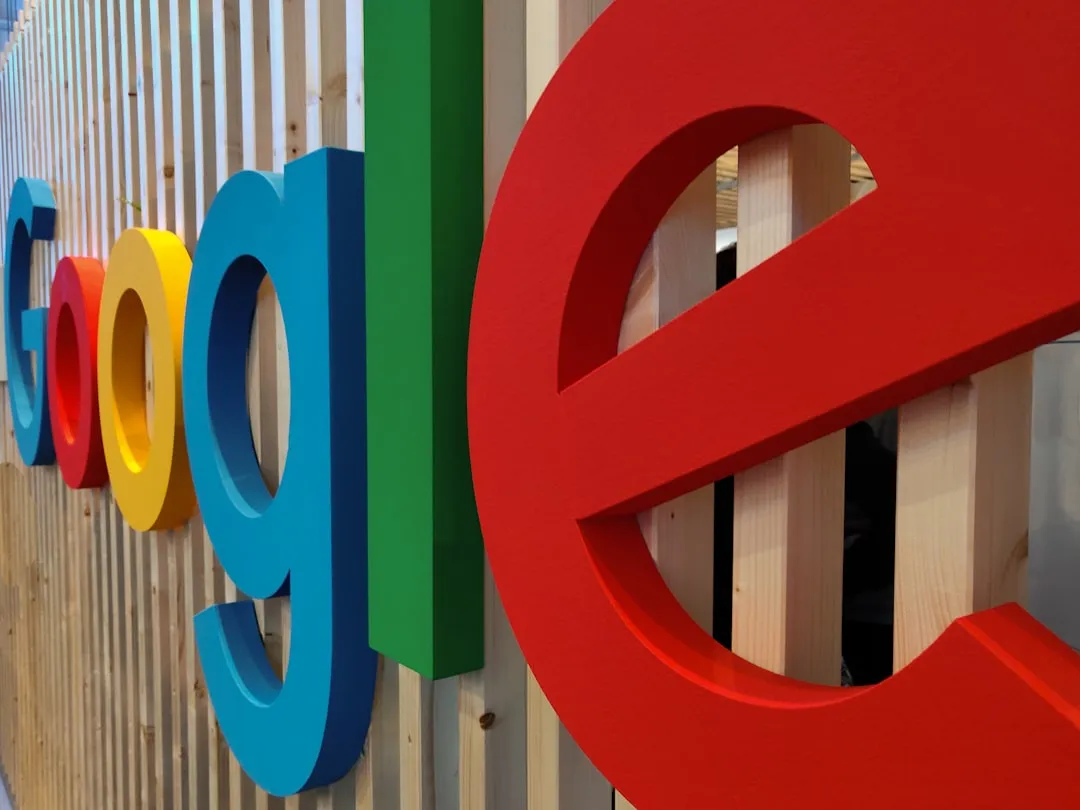

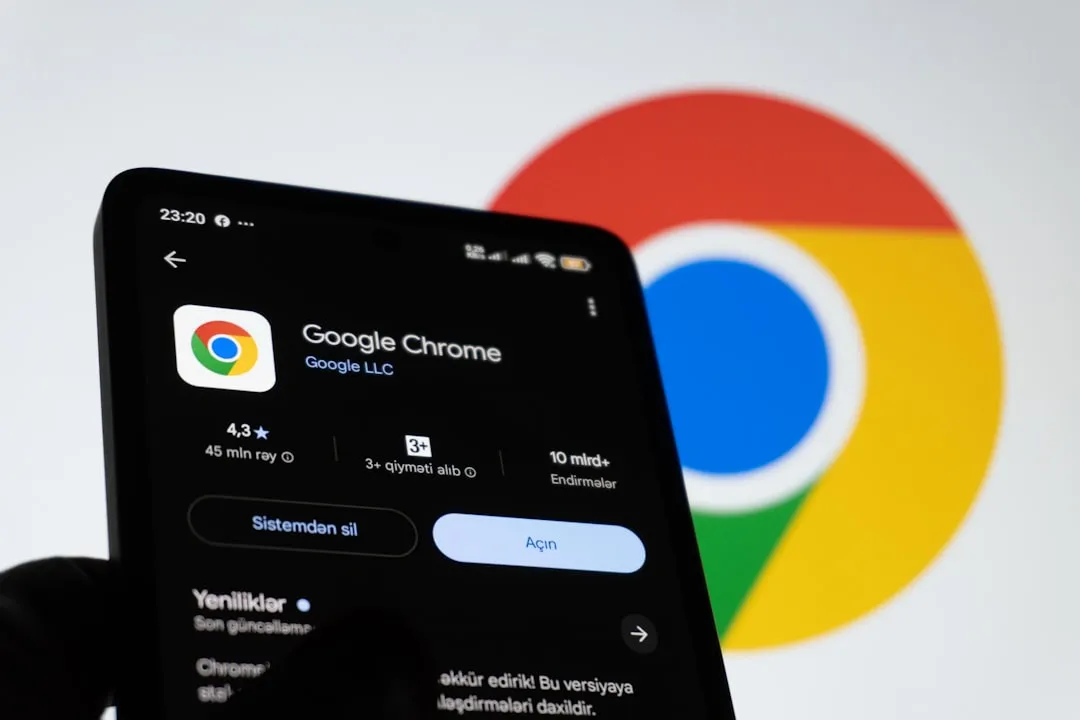


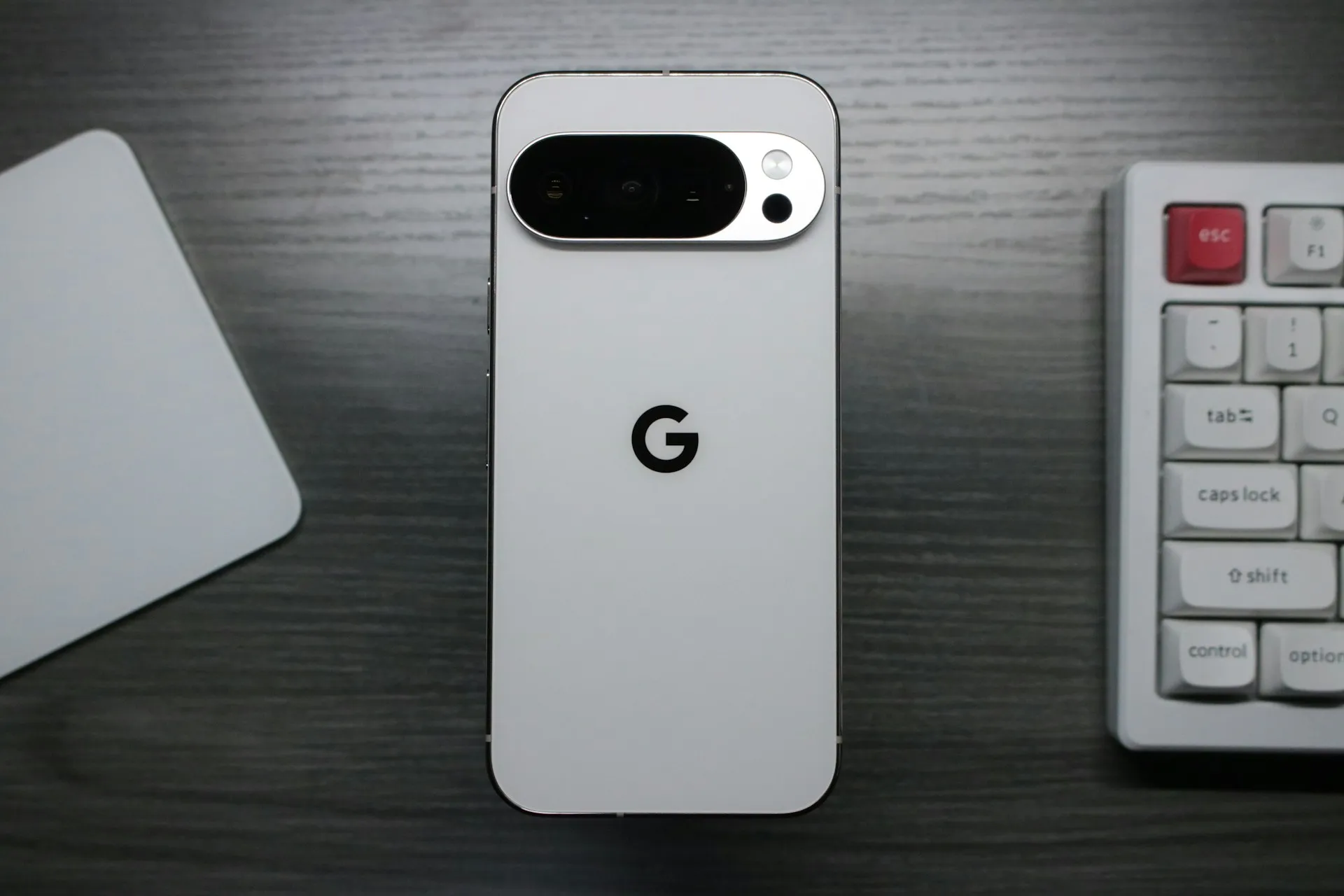


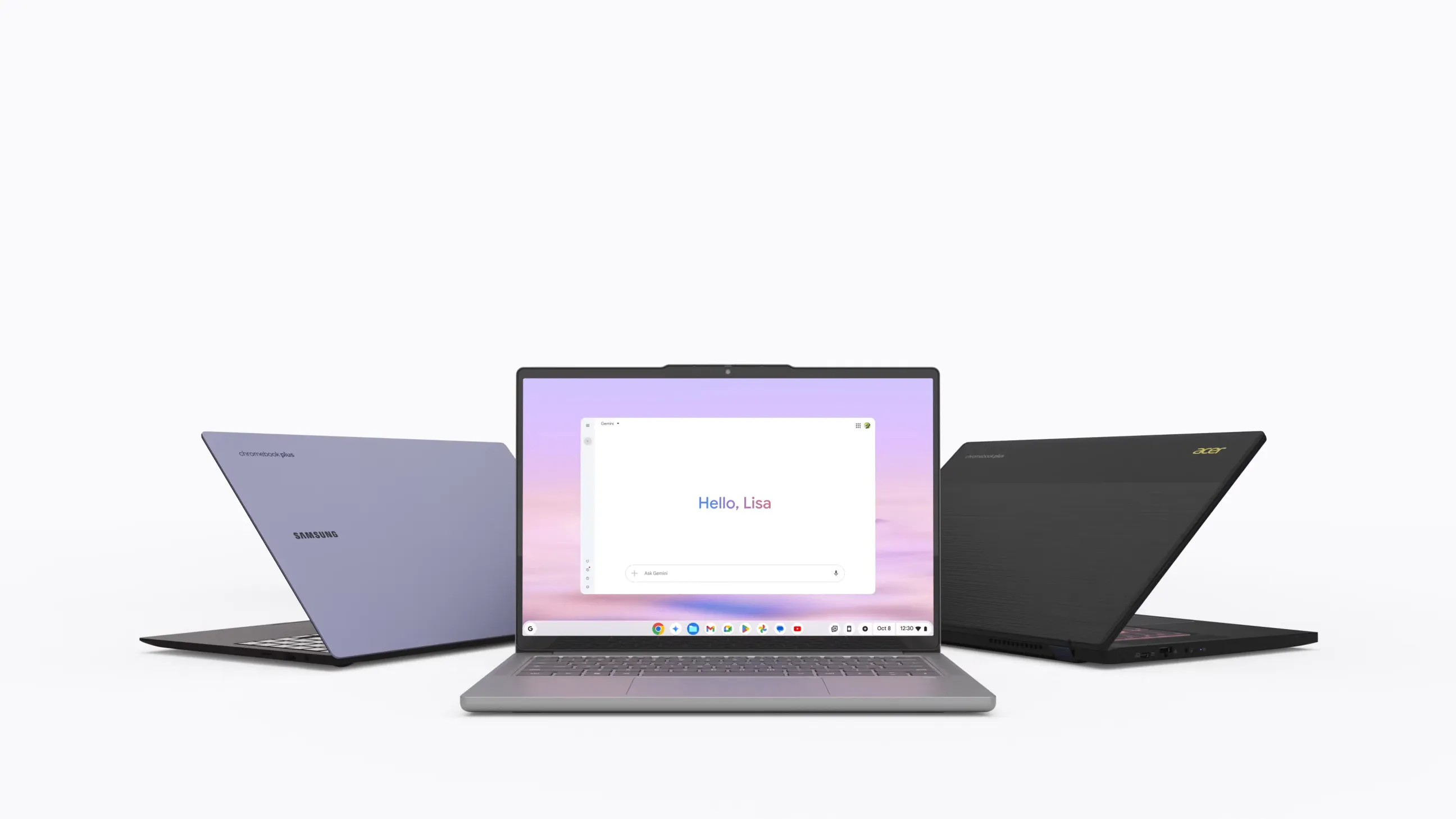

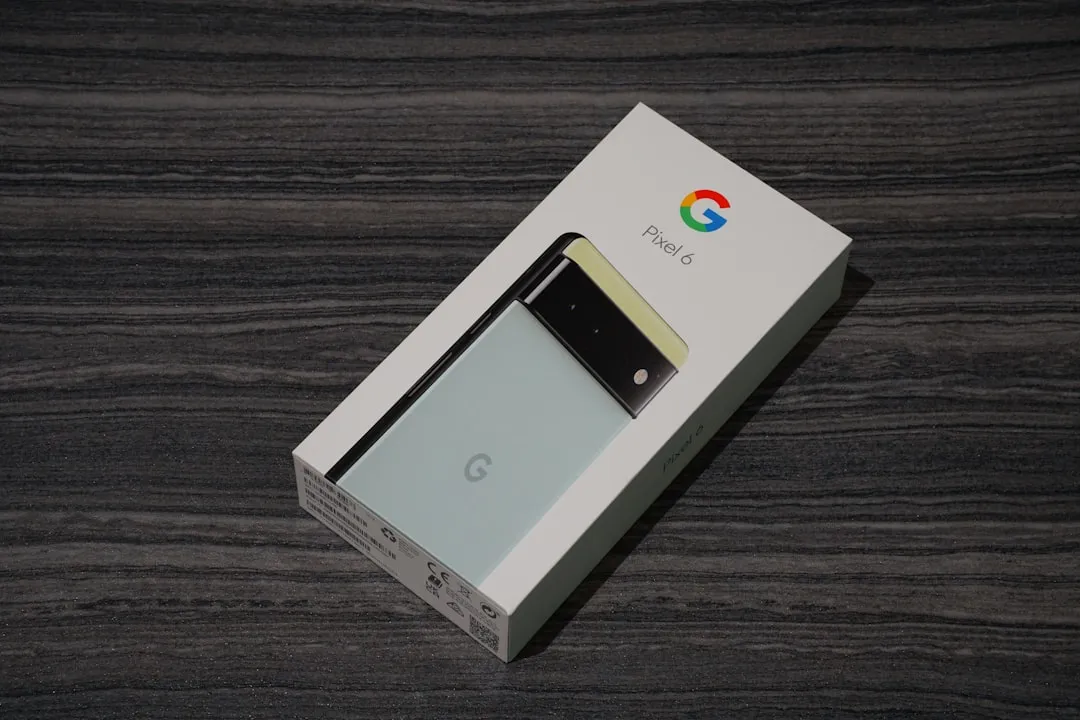

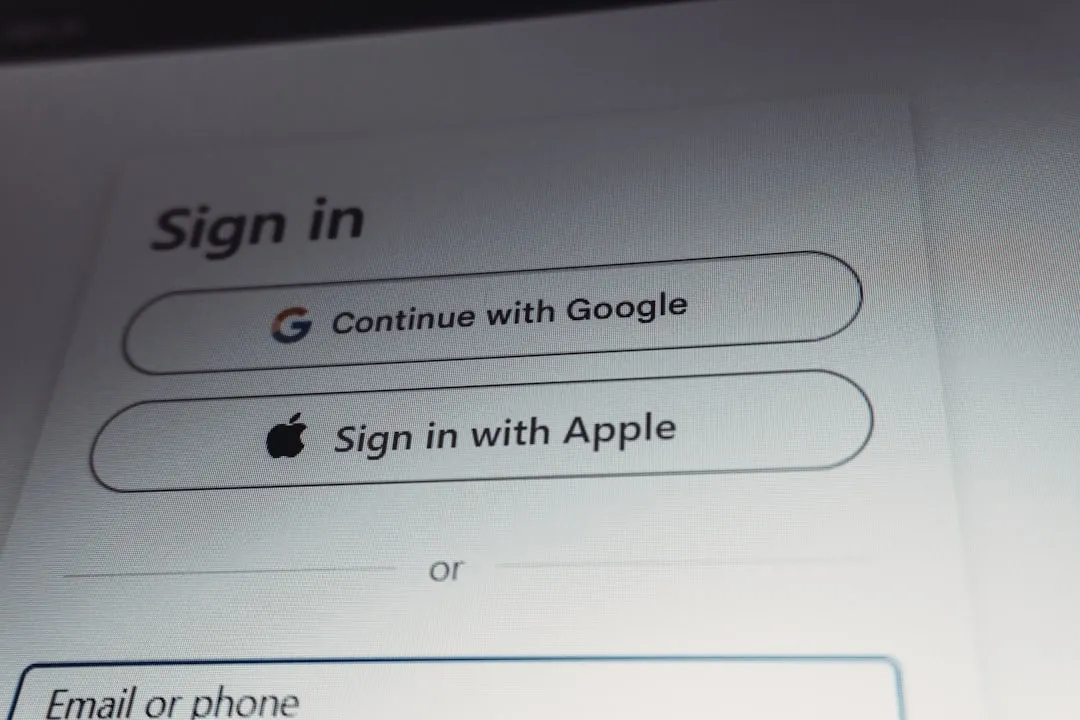
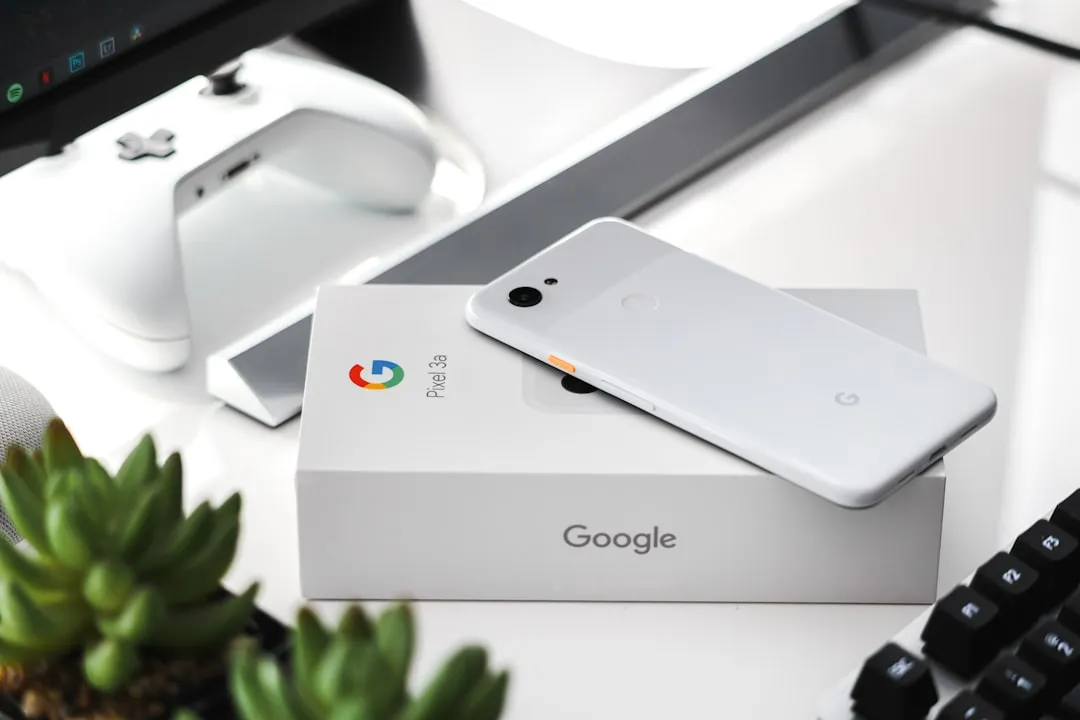


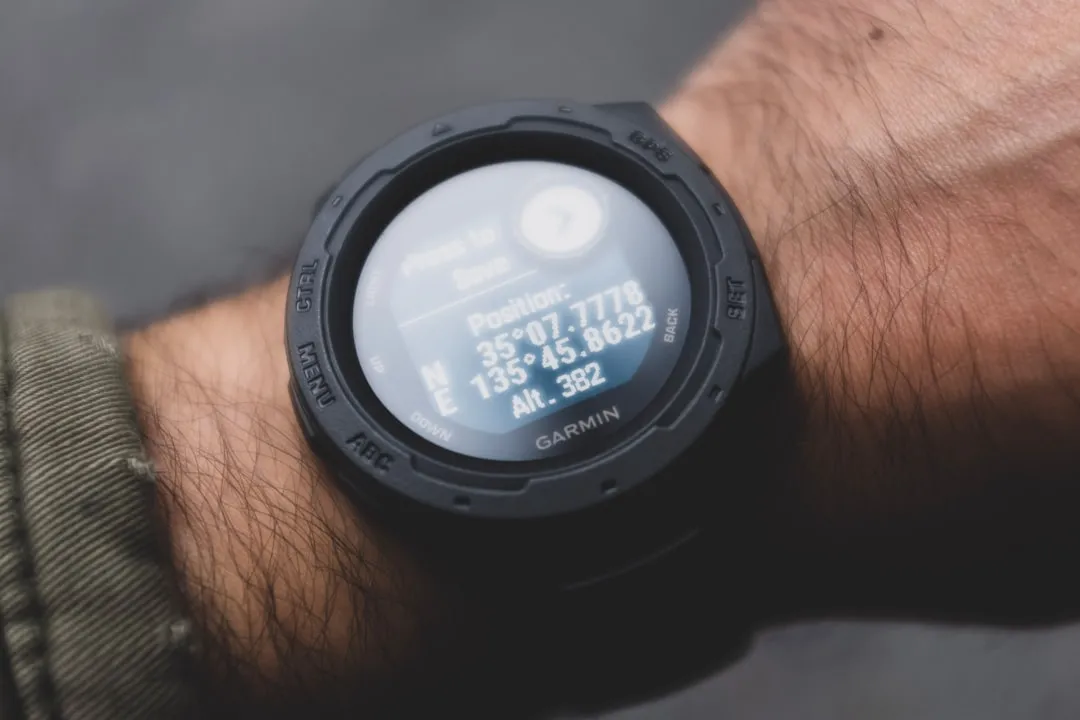
Comments
Be the first, drop a comment!